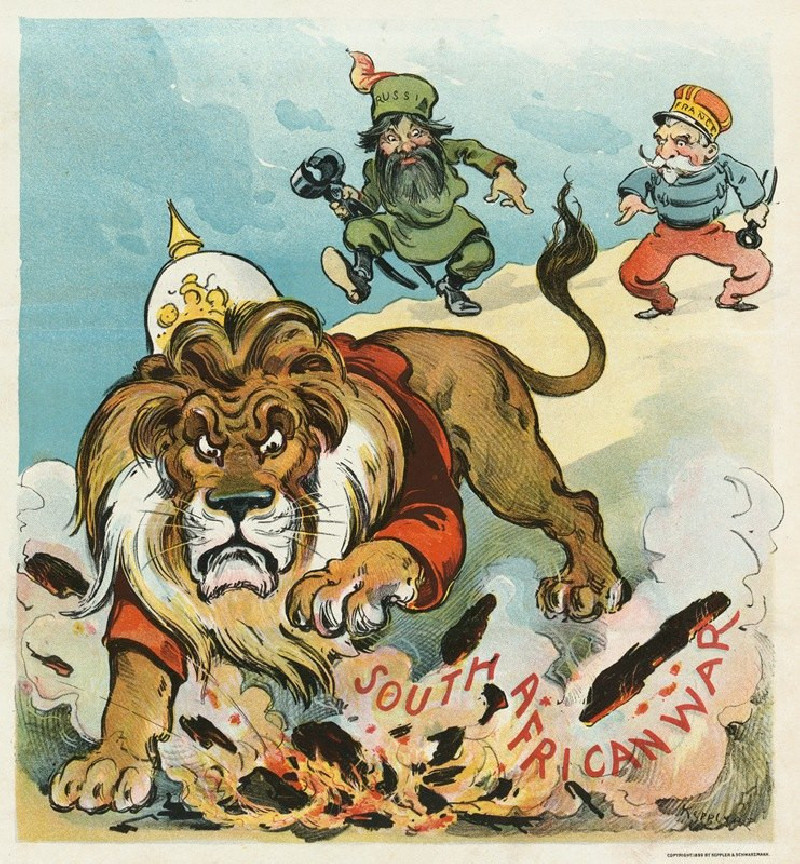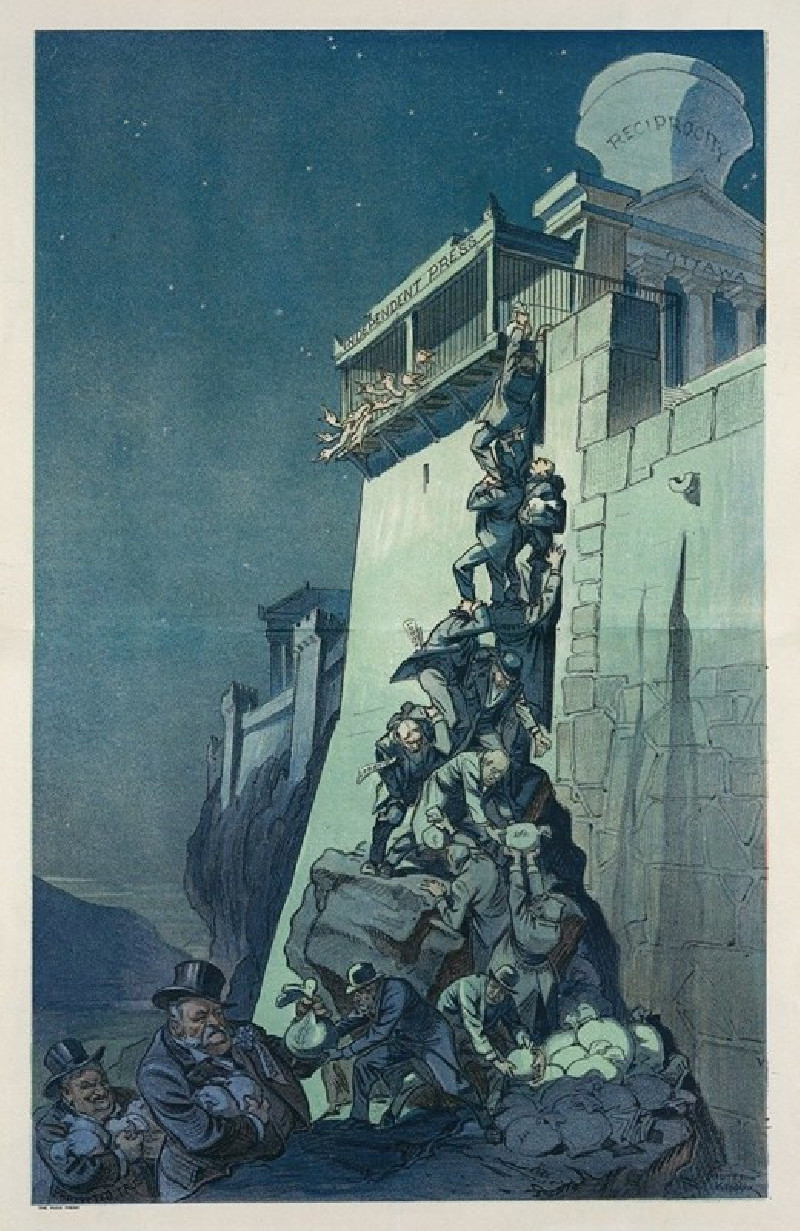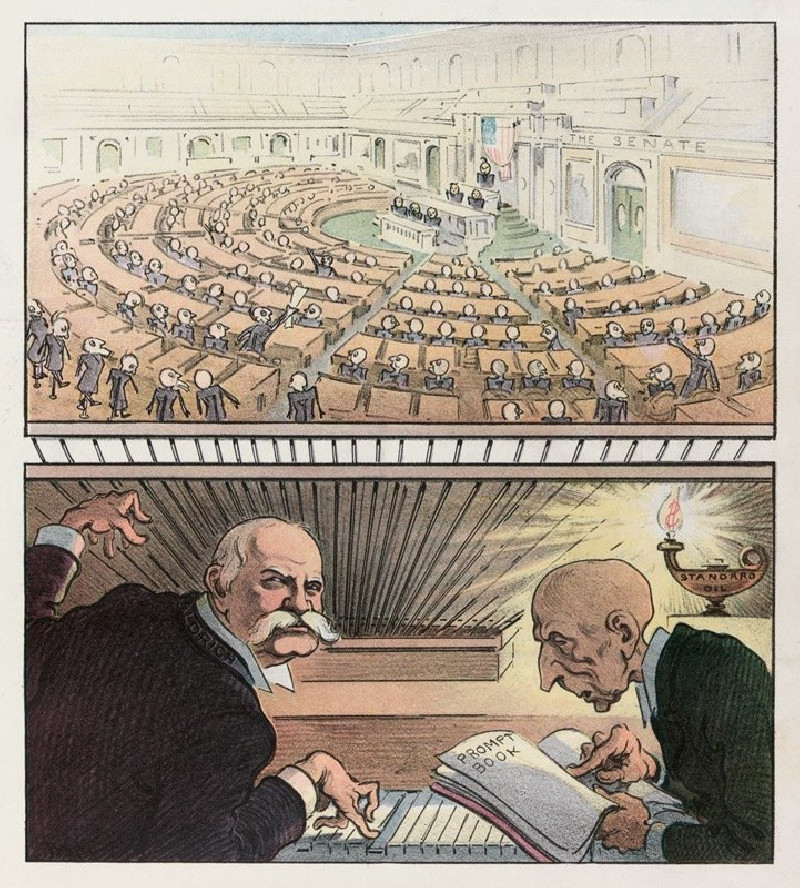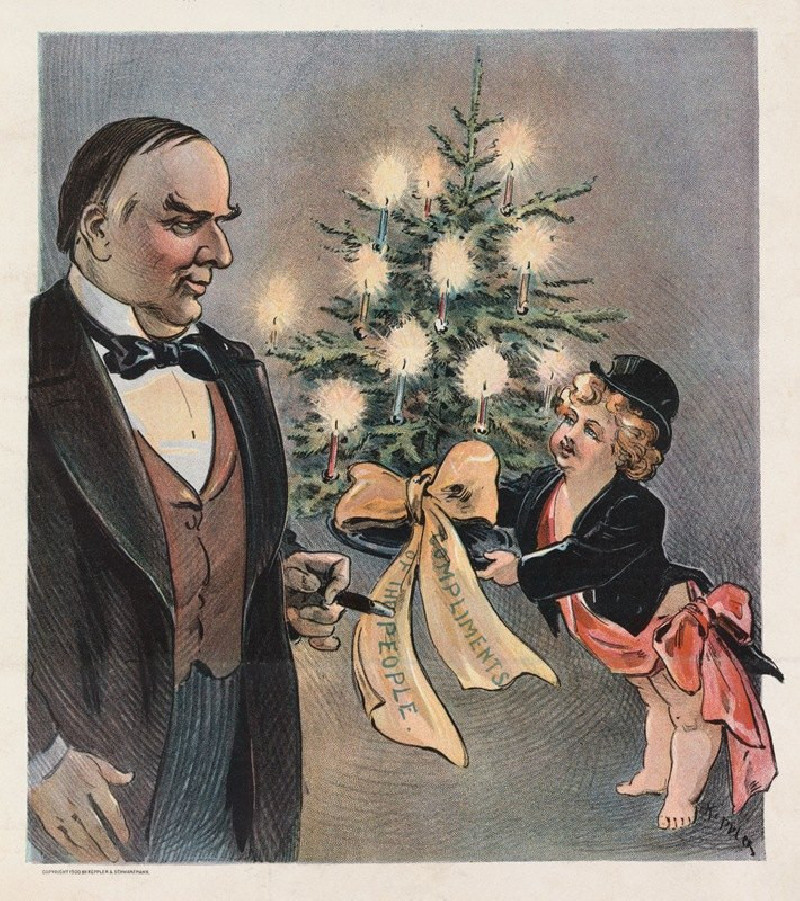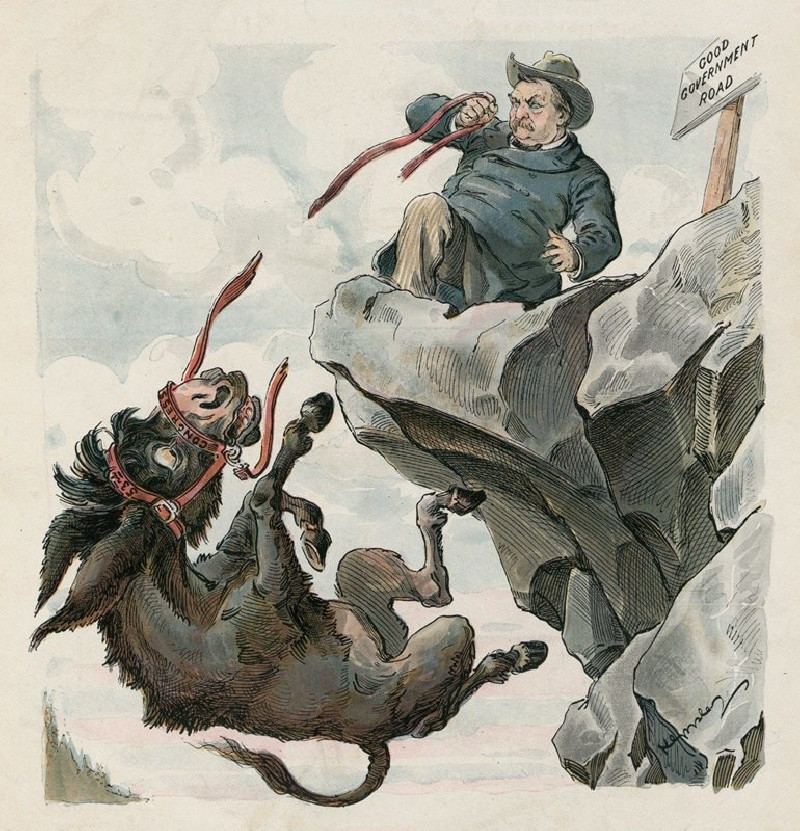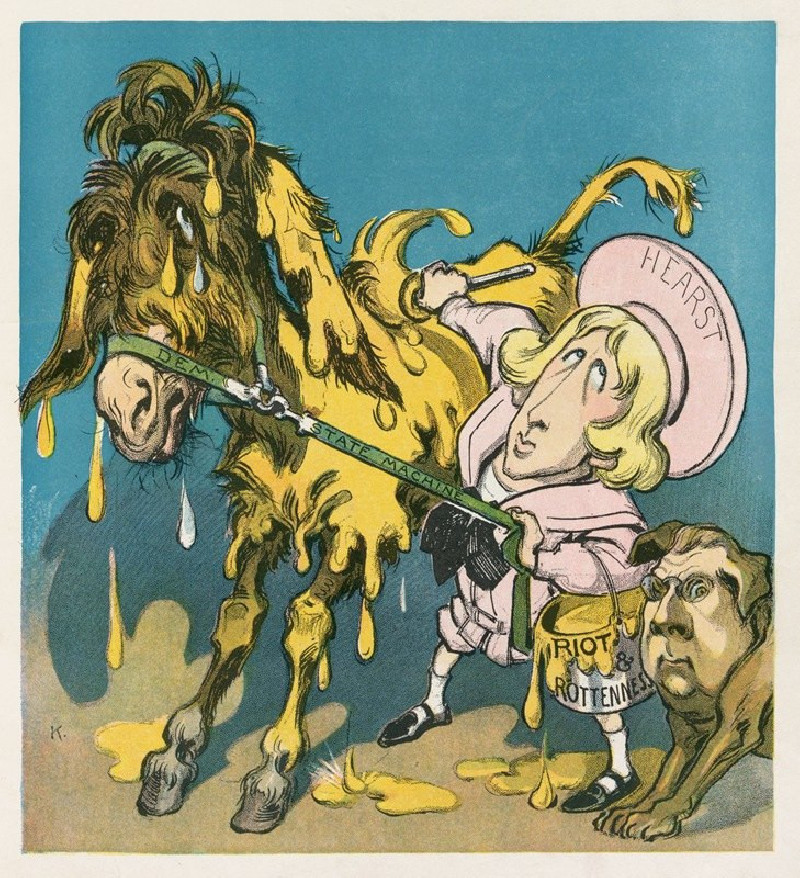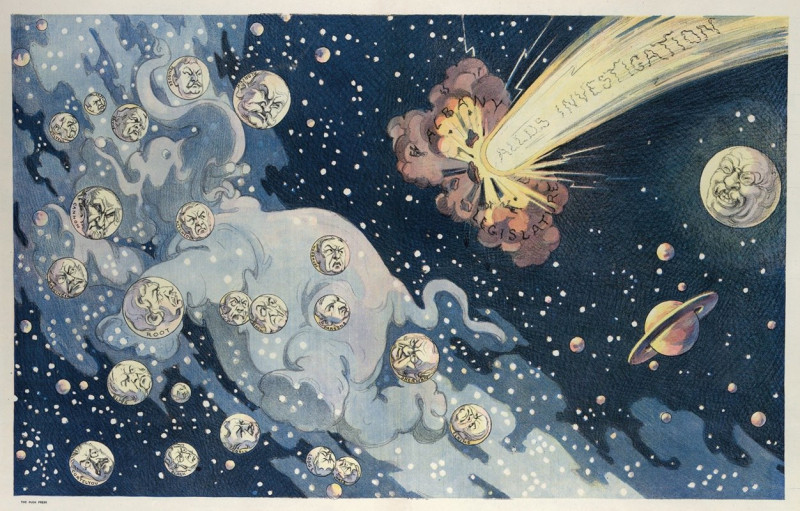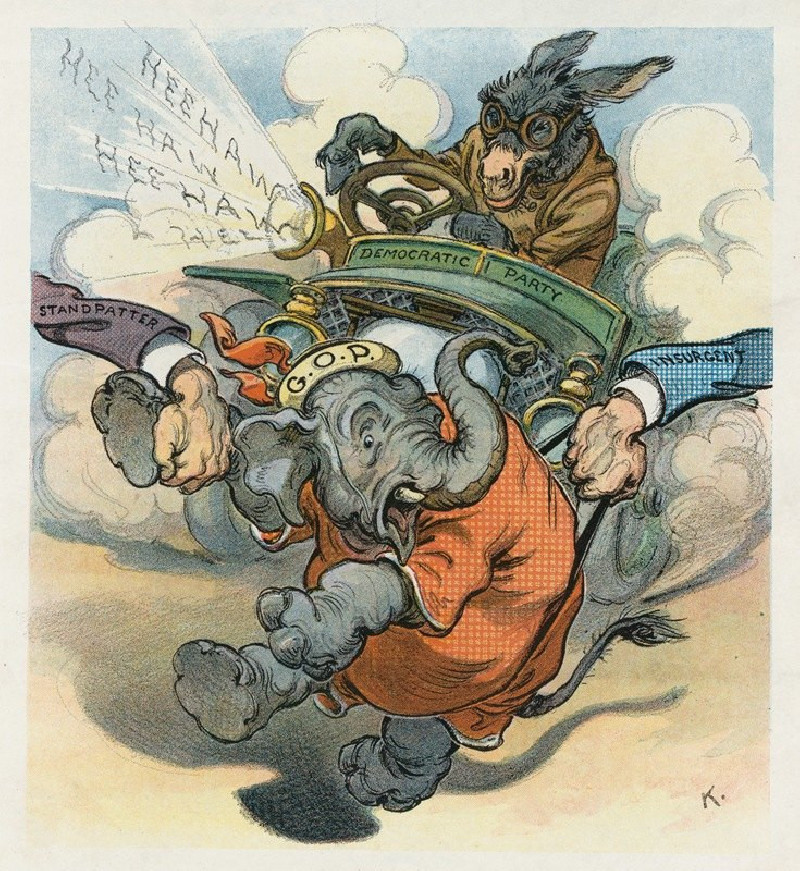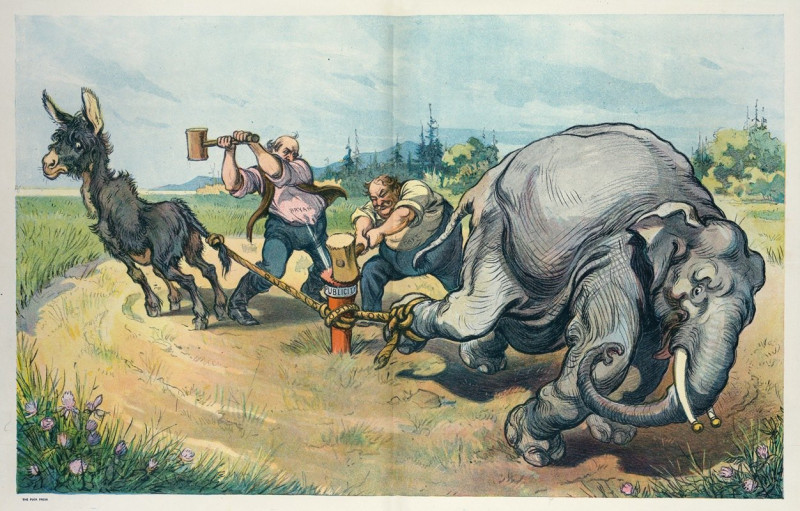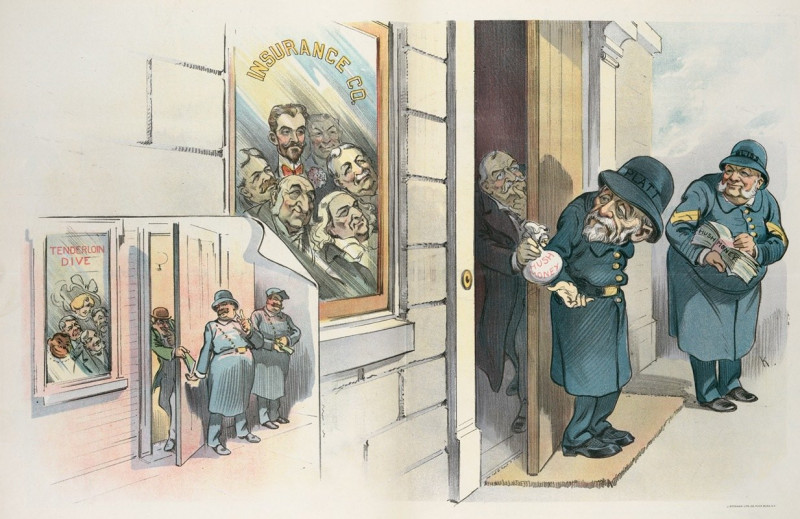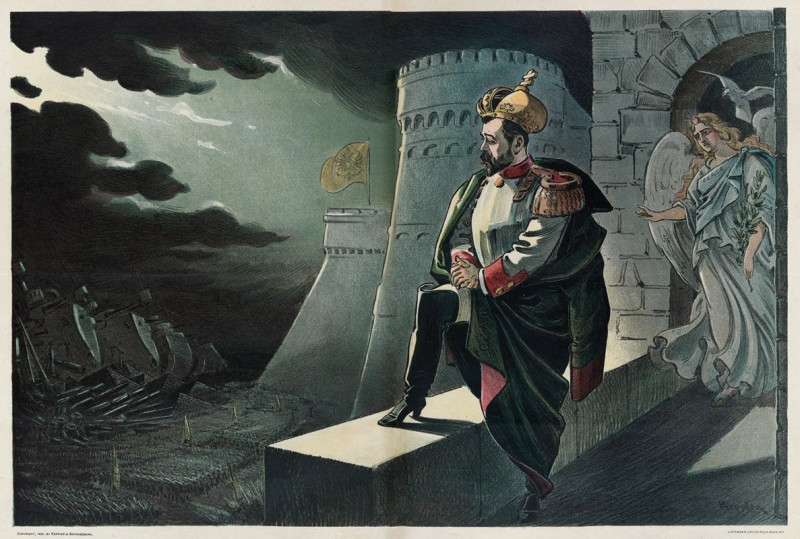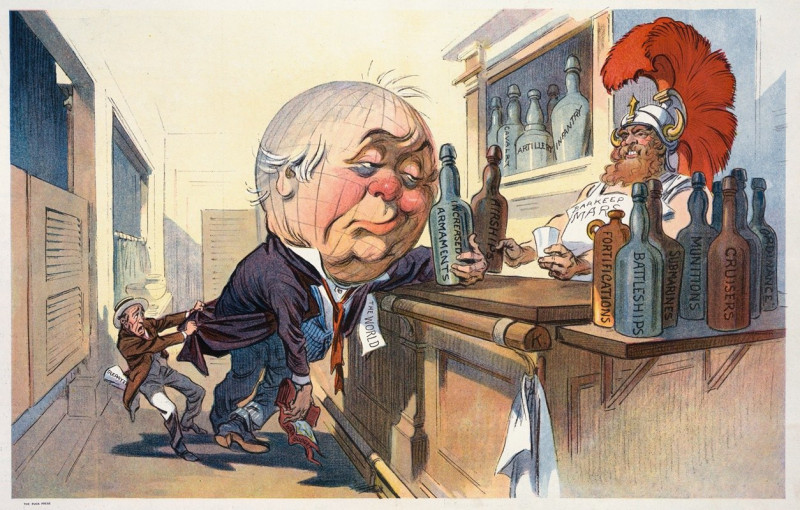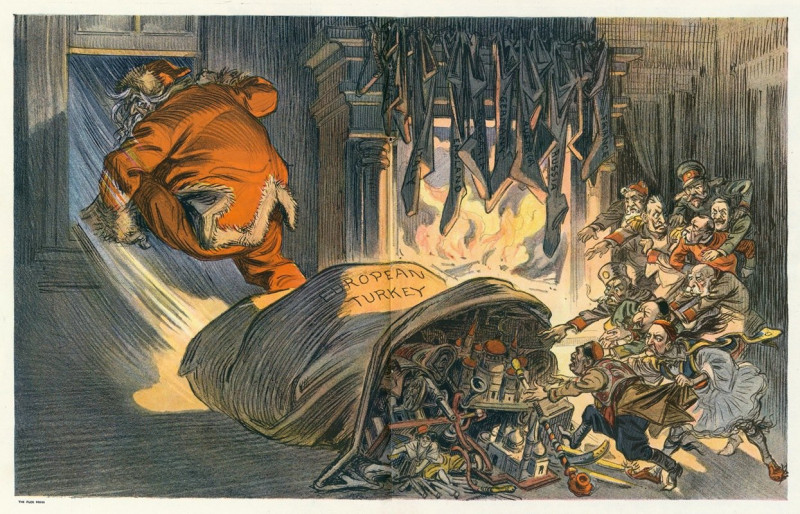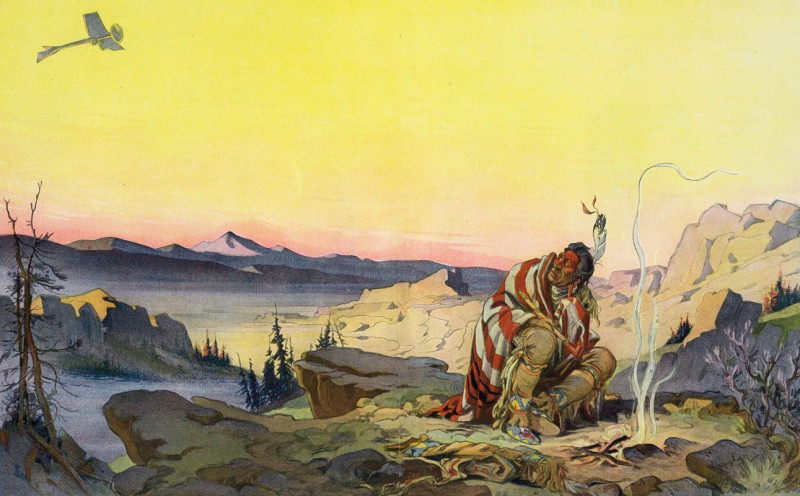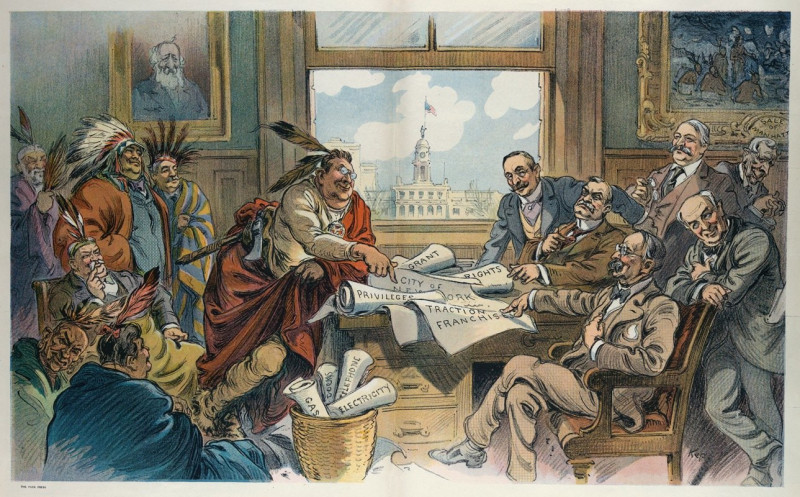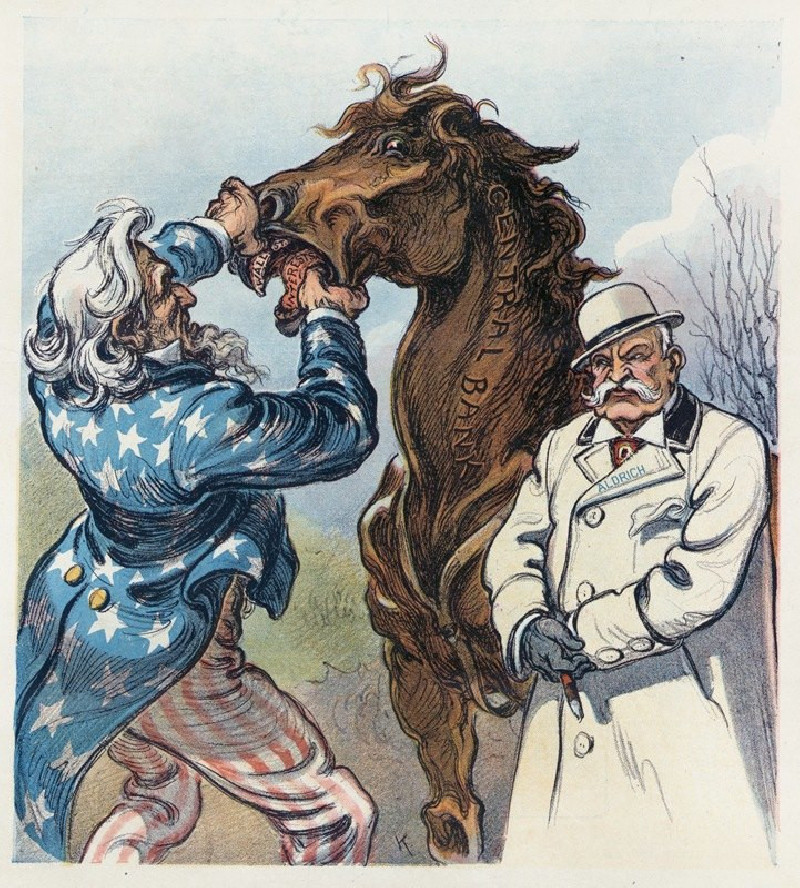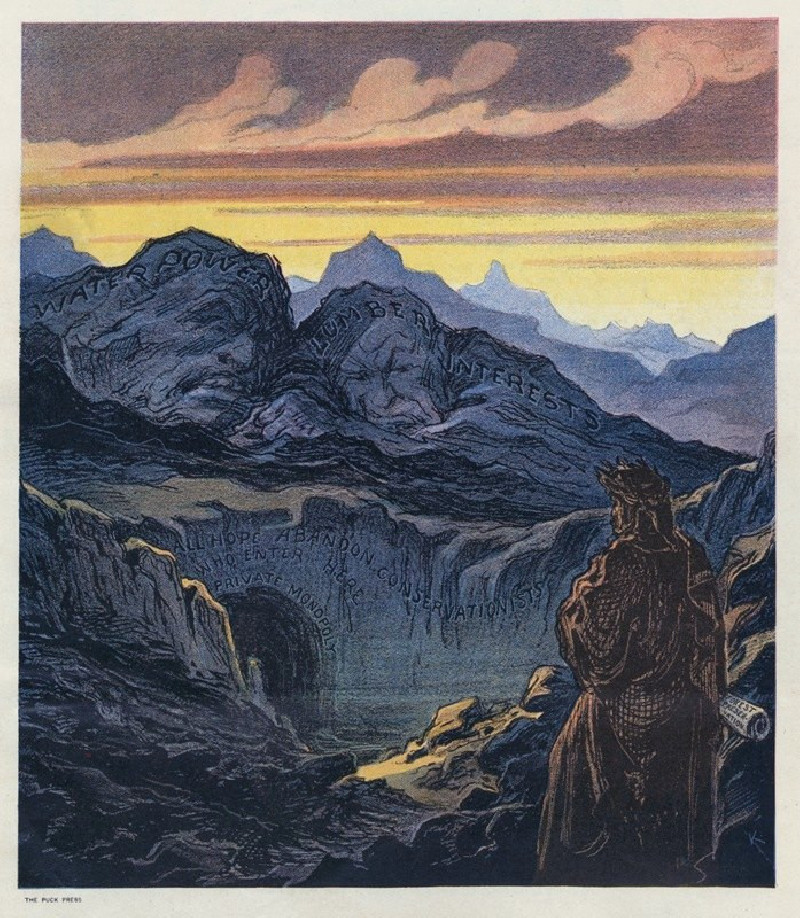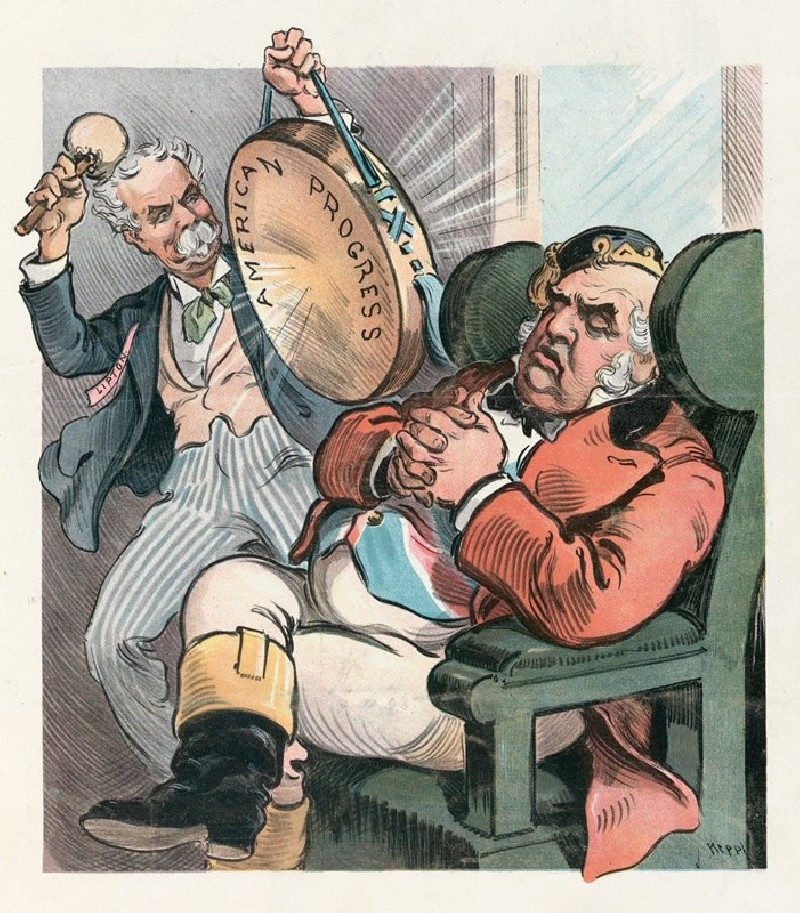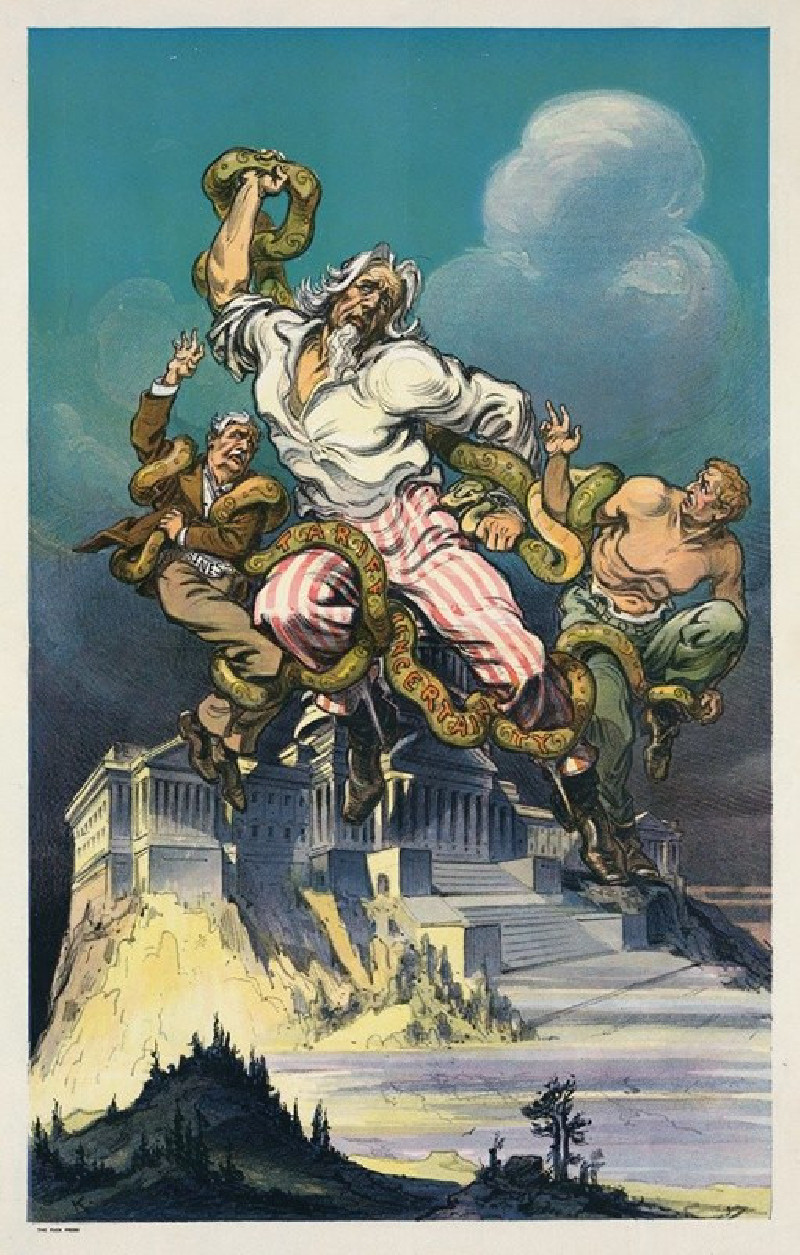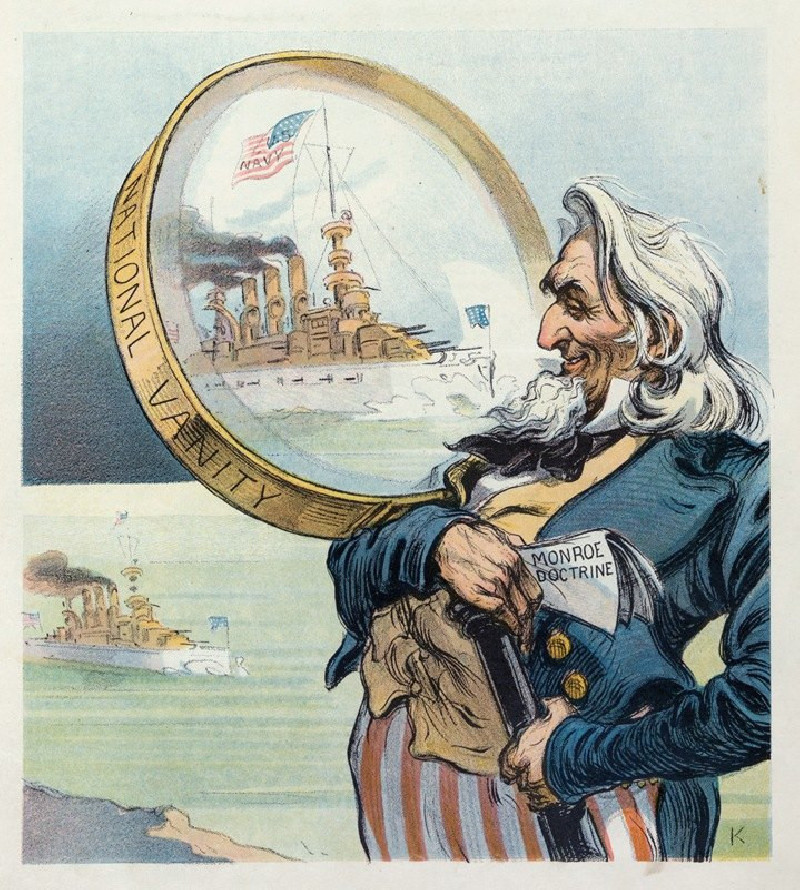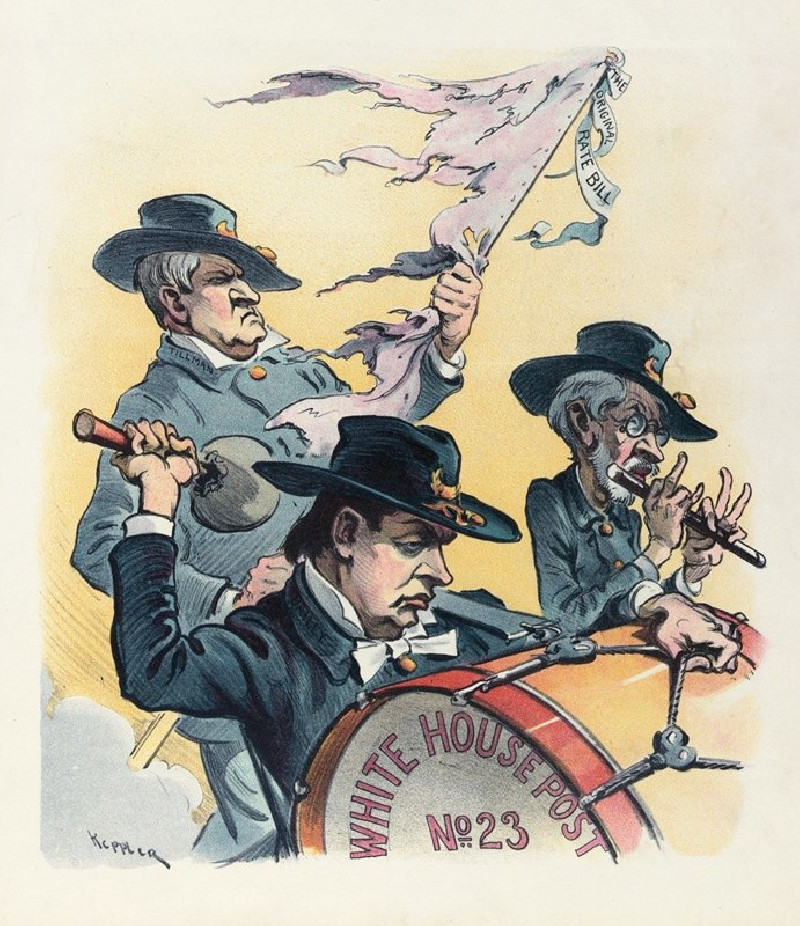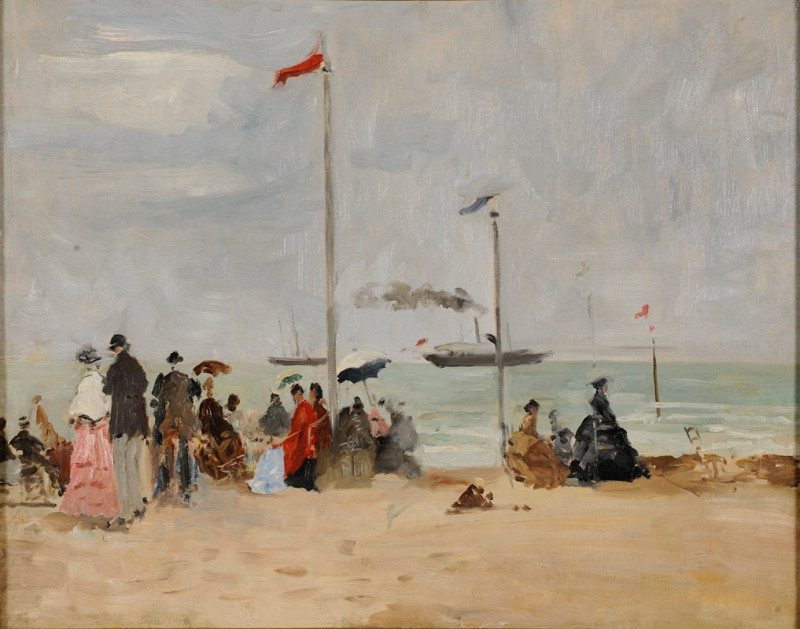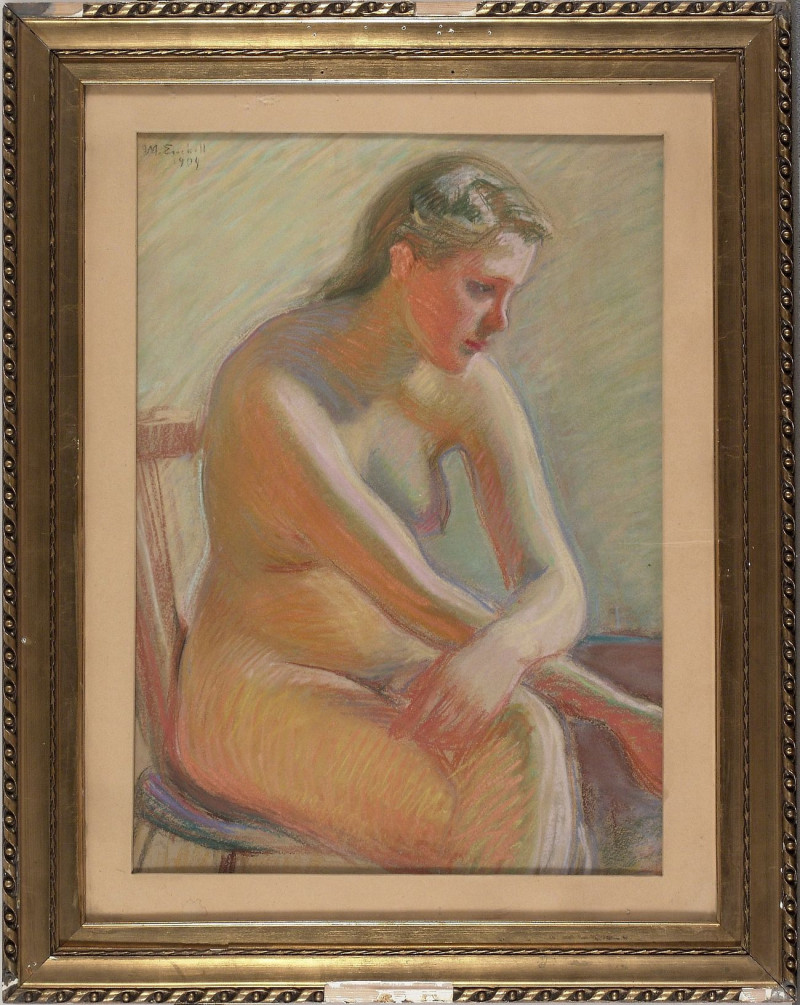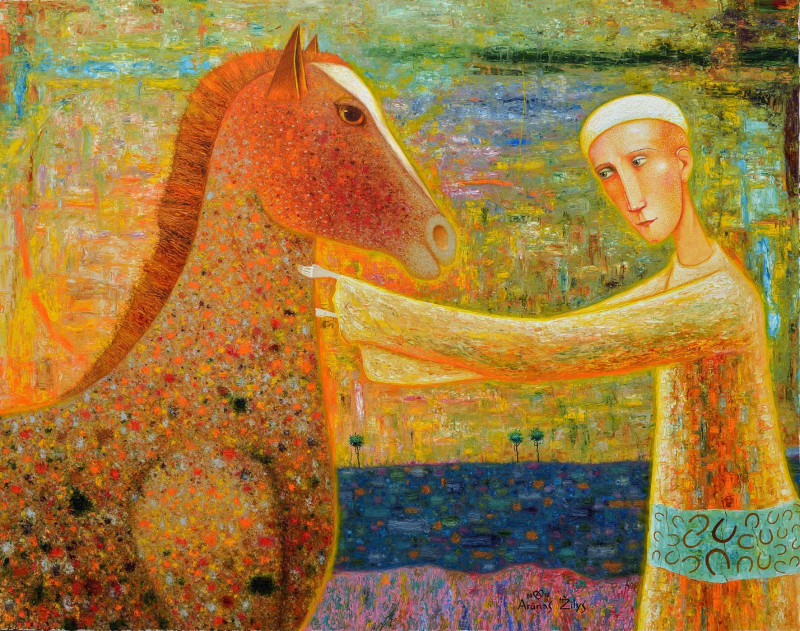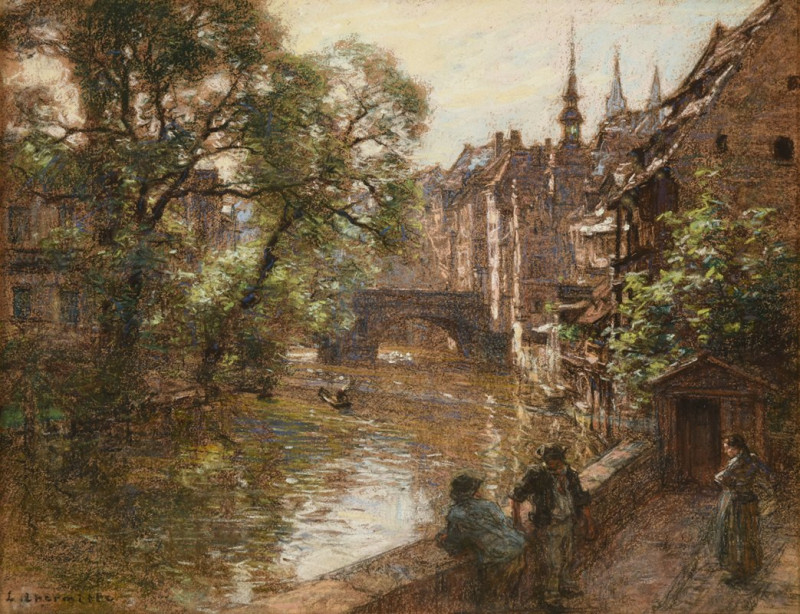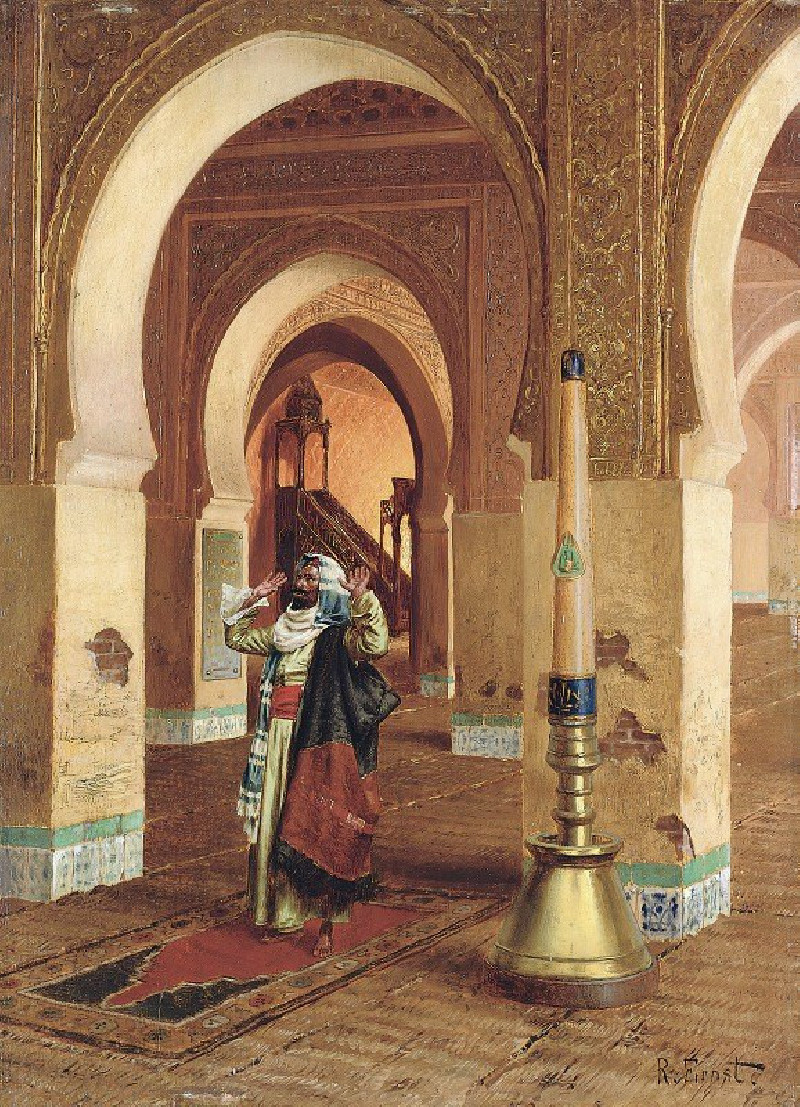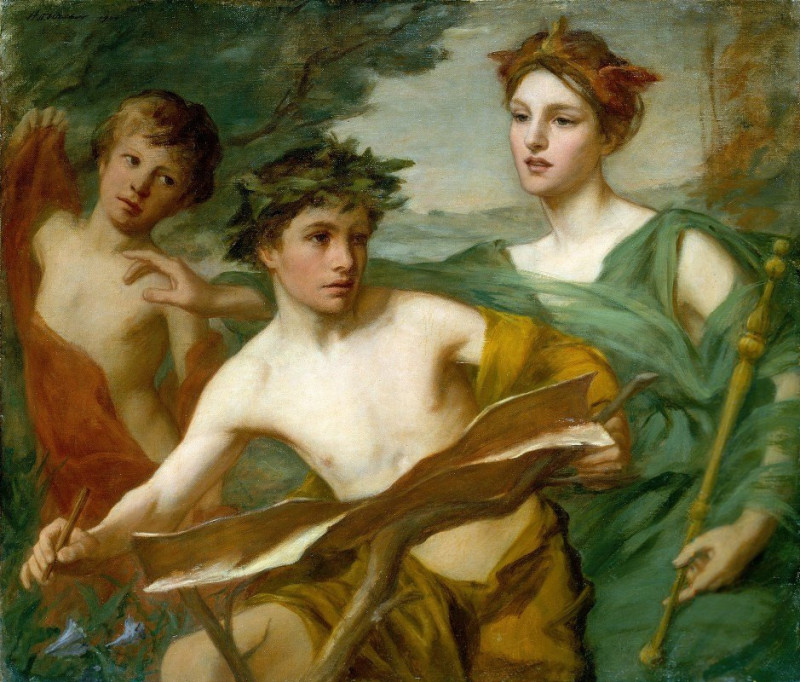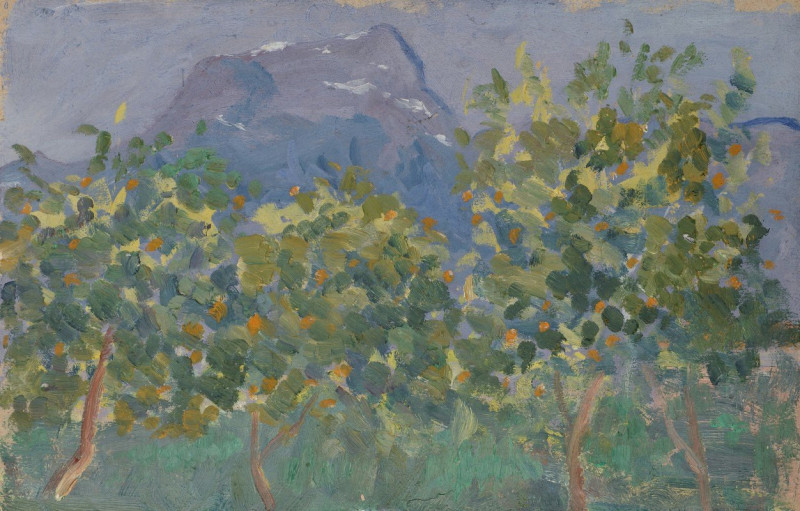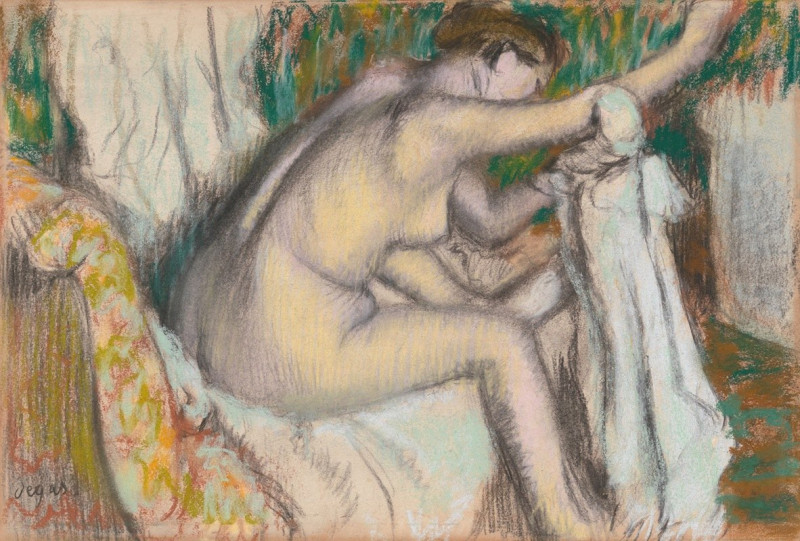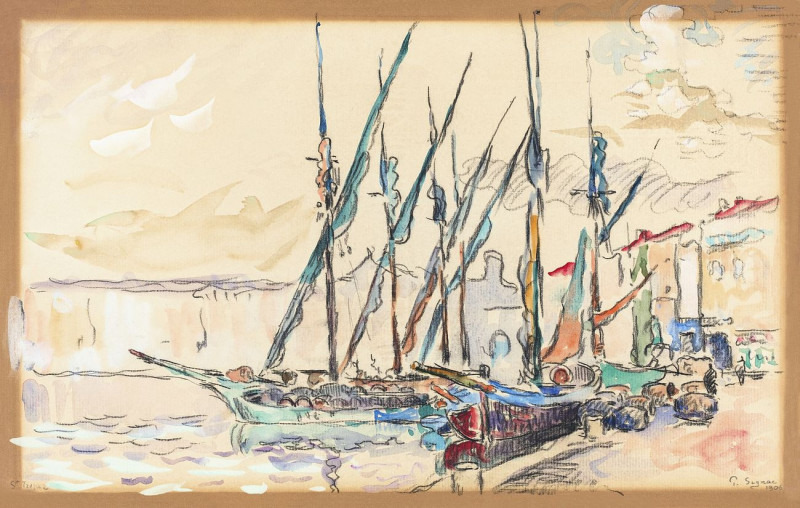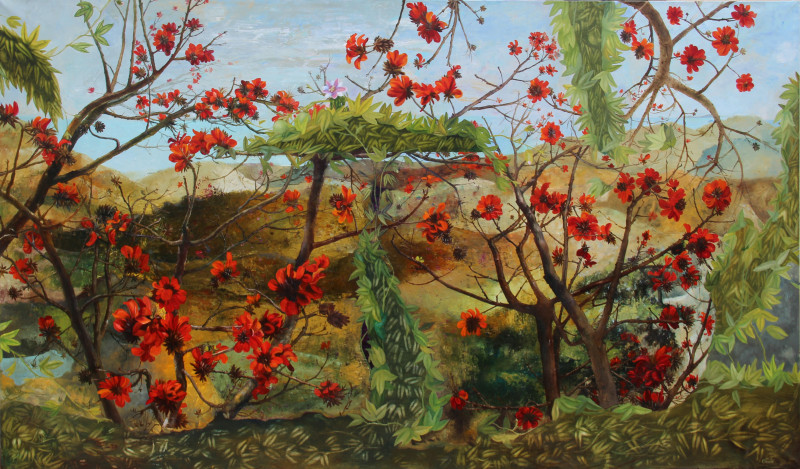A tempting opportunity (1899)
Technique: Giclée quality print
Recommended by our customers
More about this artwork
Titled "A Tempting Opportunity," this 1899 artwork by Udo Keppler packs a poignant political commentary through vibrant illustration. Laced with satire, Keppler depicts the South African War, represented as a ferocious lion engulfed in flames, capturing the chaos and destructive nature of conflict. This lion, adorned in a red tunic indicating British colonial influence, poses a formidable and menacing figure.Flanking the lion are two caricatured figures symbolizing Russia and Germany, identified through their military uniforms and national emblems on their hats. The Russian figure, equipped with a bomb and a mischievous grin, leaps towards the lion, suggesting an opportunistic ploy amidst the turmoil. The German figure, with a drawn sword and a cautious demeanor, watches from the other side, indicating hesitancy or strategic calculation.Keppler’s choice of bold colors and exaggerated forms enhances the critical tone of the piece, underscoring the predatory attitudes of European powers during colonial conflicts.
Delivery
Returns
Udo J. Keppler, since 1894. known as Joseph Keppler, Jr., was an American political cartoonist, publisher, and Native American advocate. The son of cartoonist Joseph Keppler (1838–1894), who founded Puck magazine, the younger Keppler also contributed to cartoons, and after his father's death became co-owner of the magazine under the name Joseph Keppler. He was also a collector of Native American artifacts.

